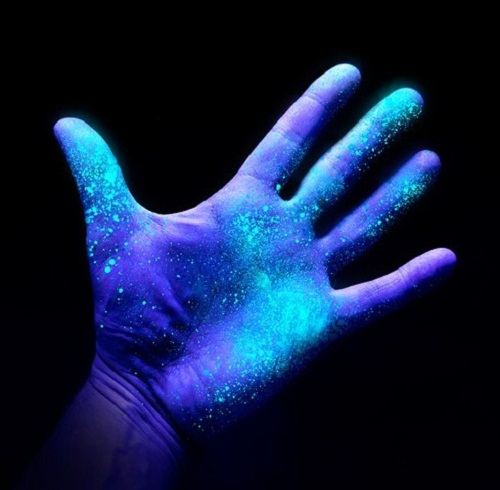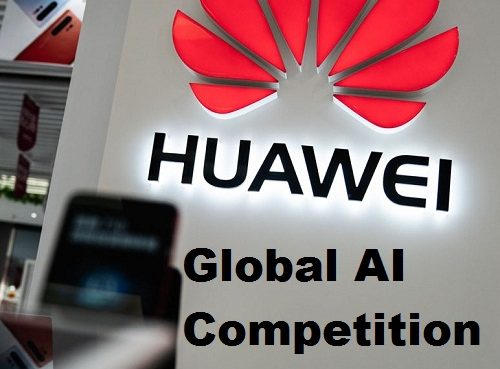A new type of ultraviolet light has been shown in a study to reduce the level of indoor airborne microbes by more than 98 per cent in less than five minutes.
Known as far-UVC, the light is safe for humans to be around and it is thought that lamps installed in the ceiling could be an effective passive technology for reducing person-to-person transmission of airborne-mediated diseases such as Covid and influenza indoors.
“Far-UVC rapidly reduces the amount of active microbes in the indoor air to almost zero, making indoor air essentially as safe as outdoor air,” said David Brenner, co-author of the study. “Using this technology in locations where people gather together indoors could prevent the next potential pandemic.”
“Far-UVC light is simple to install, it’s inexpensive, it doesn’t need people to change their behaviour, and above all it’s a safe way to prevent the transmission of any virus, including the Covid virus and its variants, as well as influenza and also any potential future pandemic viruses.”
Scientists have known for decades that UVC light rapidly kills microbes, including bacteria and viruses. But conventional germicidal UVC light cannot be used directly to destroy airborne viruses in occupied indoor spaces because it is a potential health hazard to the skin and eyes.
But Far-UVC light is safe for people because it has a shorter wavelength than conventional germicidal UVC, so it can’t penetrate into living human skin cells or eye cells. But it is equally efficient at killing bacteria and viruses, which are much smaller than human cells.
The researchers tested the efficacy of far-UVC light in a large room-sized chamber with the same ventilation rate as a typical home or office (about three air changes per hour).
During the experiment, a sprayer continuously emitted an aerosol mist of S. aureus bacteria into the room. This microbe was chosen because it is slightly less sensitive to far-UVC light than coronaviruses, providing the researchers with an appropriately conservative model.
When the concentration of microbes in the room stabilised, the researchers turned on commercially available overhead far-UVC lamps.
At an intensity based on the current regulatory limit on far-UVC light exposure, more than 98 per cent of the airborne microbes were inactivated in just five minutes. This low level of viable microbes was also maintained over time, even though microbes continued to be sprayed into the room.
“Our trials produced spectacular results, far exceeding what is possible with ventilation alone,” says Kenneth Wood, senior author of the study. “In terms of preventing airborne disease transmission, far-UVC lights could make indoor places as safe as being outside on the golf course on a breezy day.”
Interest in the use of UV light technology in public areas has been increasing since the start of the Covid-19 pandemic. Heathrow introduced a cleaning robot which uses UV to kill bacteria and viruses in the airport, and researchers have developed a handheld device that emits UV to disinfect specific surfaces.
Source: E&T










